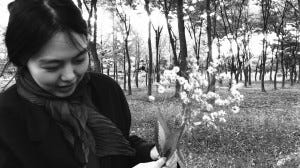The Novelist’s Film | BERLINALE 2022
Tom Atkinson
Hong Sang-soo loves nothing better than putting distinct forms in unknown spaces and seeing what frictions they create. In the case of The Novelist’s Film, the instigator of this friction is a writer, Jun-hee, played by potential new Hong regular Lee Hye-young, who also appeared in In Front of Your Face (2021). Desp…
Keep reading with a 7-day free trial
Subscribe to Cinema Year Zero to keep reading this post and get 7 days of free access to the full post archives.





